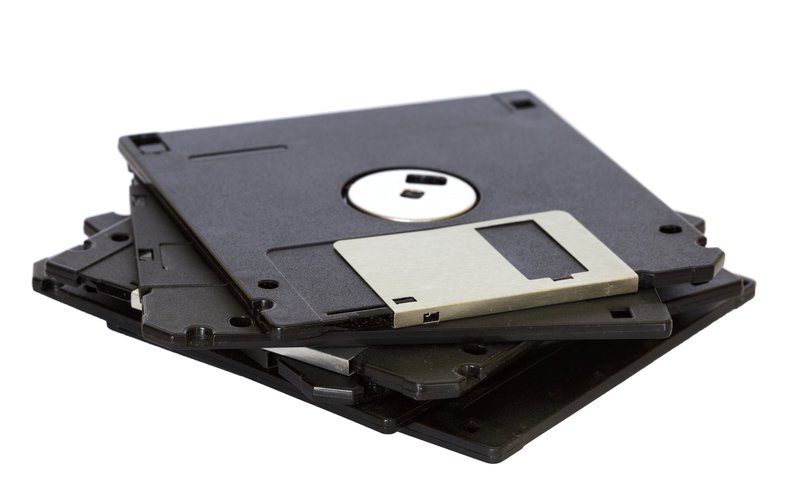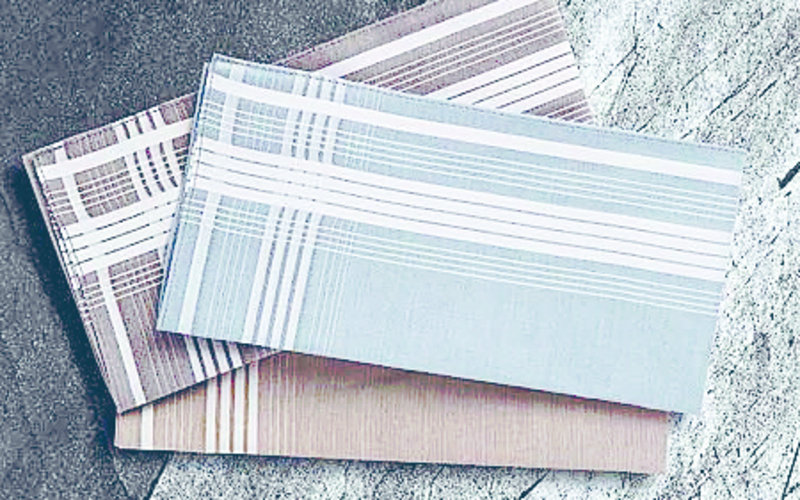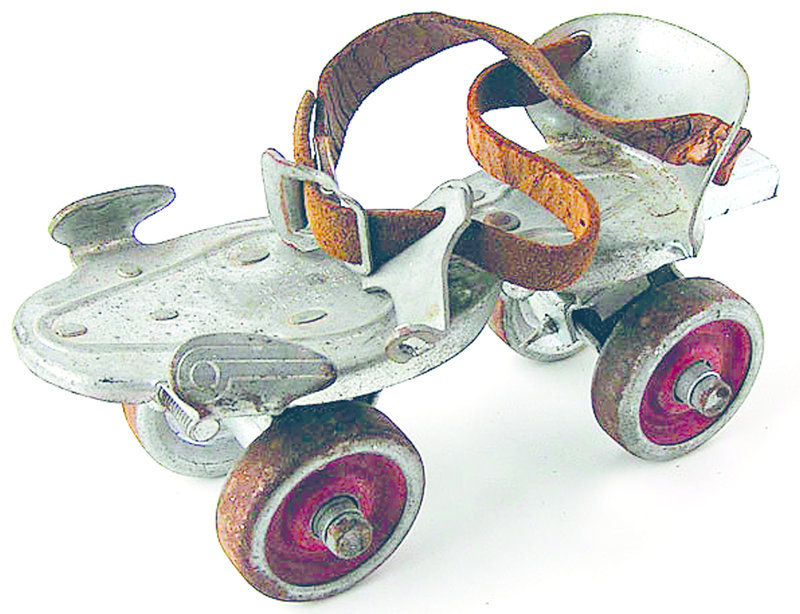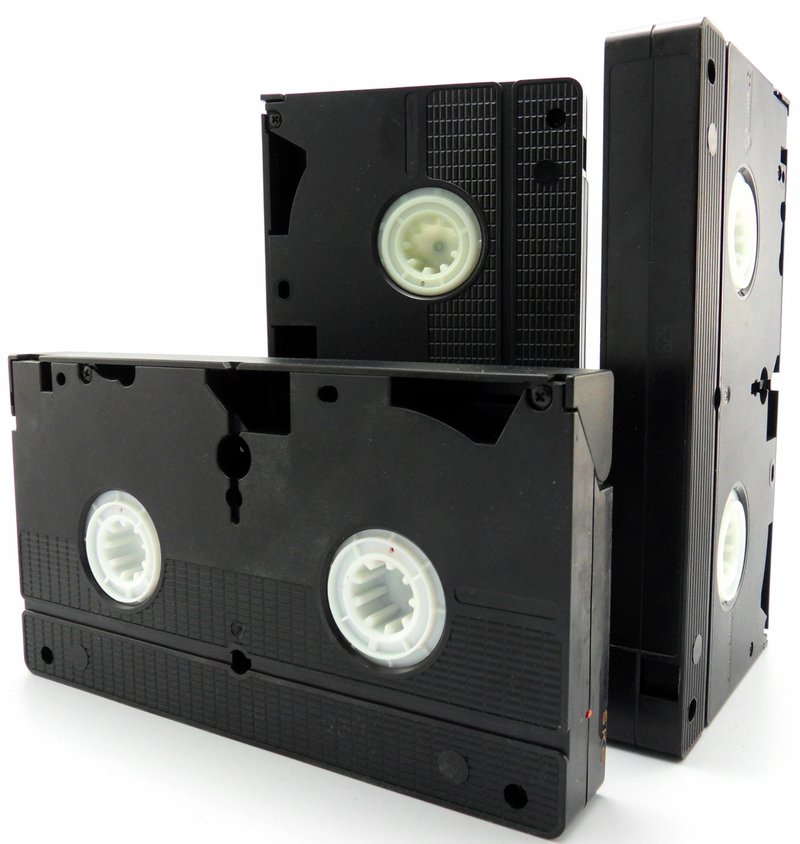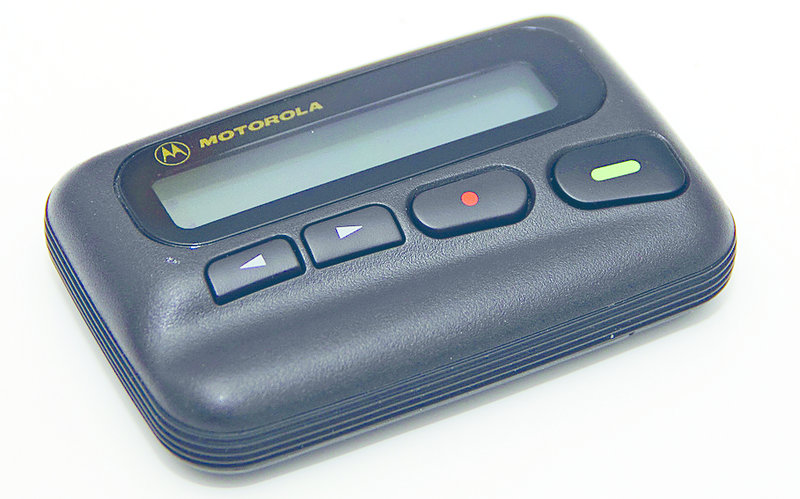1.44 MB of data Floppy disk
Floppy disks appeared in 1971 in the US, developed by the computer giant IBM. They allowed for storing digital information on a magnetic disk inside a square plastic casing. With the onset of personal computing, they became essential and ubiquitous, despite their limited storage capacity. In fact, the first diskettes could only store 100 kb of data (equivalent to a low-res photo), although after 1986 the 1.44 MB HD version became standard.
No buttons Rotary dial telephone
Most youngsters will only have seen them in films, but rotary dial telephones lasted the whole of the 20th century, and are still being produced for vintage fans. Instead of tapping buttons on a number pad, you had to insert a fingertip into the right hole in the rotary dial and drag it all the way round as far as a metal clip, release it and allow it to return to its original position, before repeating the action for each individual number. While the first patent for the rotary dial goes back to 1892, it did not make its first appearance until 1904. The rotary dial's demise began in 1962 when the first push-button dial was introduced.
Music's golden age Cassette tapes
Phillips launched the audio cassette in the 1960s, and by the 1980s the recording system was a must for all fans of music. Compacts, small and easy to transport, the peak of the audio cassettes popularity came with the introduction of the Walkman personal tape player. The humble cassette is even helped bring about the fall of Communism, as historians claim it was a key way young Eastern Europeans had access to Western culture.
Hygiene first The handkerchief
The go-to gift for men of a certain age, the fabric handkerchief our mothers religiously ironed and forced us to put in our pockets has lost a lot of ground in recent years to the disposable paper variety. And it has to be said, the tissue is much more hygienic. Twenty years ago, small schoolchildren had to have a fabric handkerchief in the pockets of their smocks, nowadays they have to carry a packet of Kleenex (or any other of the many brands).
Getting around The roller skate
While quad roller skates are still made for children and sports people, the wheels you strap to your feet, so popular in the 1960s and ‘70s, are now only of interest to collectors. They appeared at the end of the 19th century, with iron wheels, and in following decades became particularly popular in Germany, the US and UK.
Don't forget to rewind VHS tape
Who still doesn't have the odd VHS (Video Home System) cassette at the bottom of an old box or in a dusty attic? While today's internet video streaming may seem light years away from the chunky video cassettes, it was not so long ago that the magnetic video storage system was an integral part of our lives. Weddings, family holidays, films or TV series, the VHS was the main way people stored and watched video into the start of the 21st century. In fact, 94.5 million Americans still owned VHS format VCRs (Video Cassette Recorders) in 2005.
Help a 'beep' away The Pager
The 1980s and '90s were the golden age of the pager. Also known as beepers, due to the sound they made, these pocket-sized devices were generally clipped on a belt and emitted radio frequencies that could receive short text messages and allow their carriers to be located. They first appeared in 1950, in the US, and were designed for use by medical professionals, in particular for alerting and locating doctors in an emergency.

